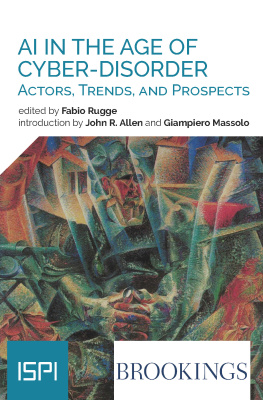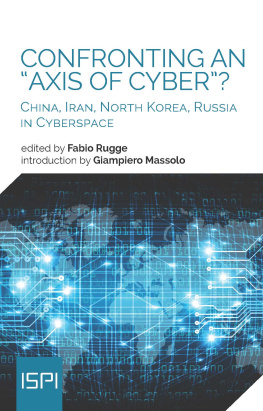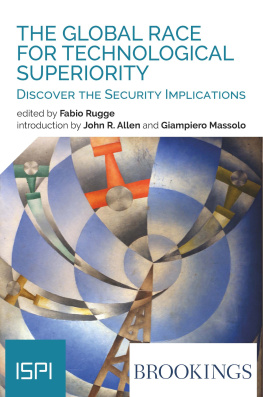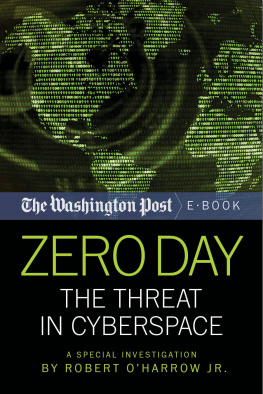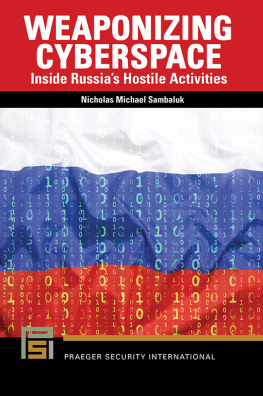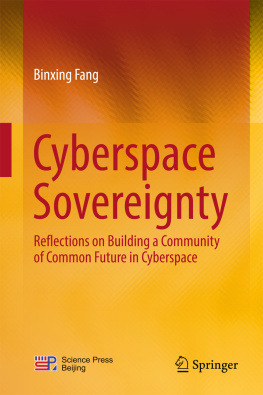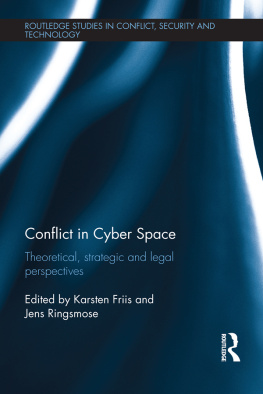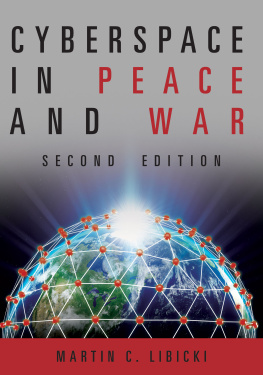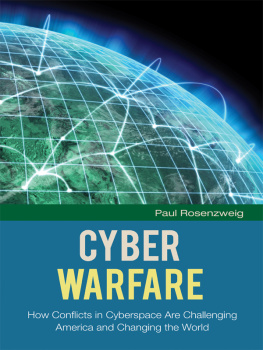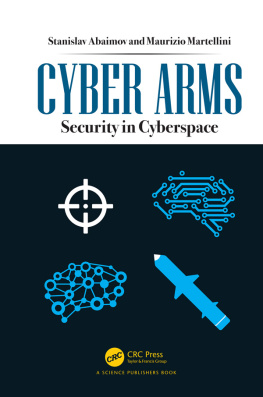2020 Ledizioni LediPublishing
Via Antonio Boselli, 10 20136 Milan Italy
www.ledizioni.it
Ai In The Age Of Cyber-Disorder: Actors, Trends, And Prospects
Edited by Fabio Rugge
First edition: November 2020
On the cover: Umberto Boccioni, Materia , 1912
Print ISBN 9788855263832
ePub ISBN 9788855263849
Pdf ISBN 9788855263856
DOI 10.14672/55263832
ISPI. Via Clerici, 5
20121, Milan
www.ispionline.it
Catalogue and reprints information: www.ledizioni.it
This Report is realized with the support of the Policy Planning Unit of the Ministry of Foreign Affairs and International Cooperation pursuant to art. 23-bis of Presidential Decree 18/1967.
The opinions contained in this Report are solely those of the authors and do not necessarily reflect the opinions of the Ministry of Foreign Affairs and International Cooperation, ISPI, and The Brookings Institution.
The Report is produced within the framework of the activities of the Centre on Cybersecurity, jointly promoted by ISPI and Leonardo.
The Brookings Institution is a nonprofit organization devoted to independent research and policy solutions. Its mission is to conduct high-quality, independent research and, based on that research, to provide innovative, practical recommendations for policymakers and the public.
Introduction
In the summer of 1956, mathematician John McCarthy and another 19 scholars met at Dartmouth College on the outskirts of Hannover in New Hampshire for a summer research project on machine intelligence. This was the moment when what would later become known as Artificial Intelligence (AI) first emerged as a research discipline. Meanwhile, two other scholars, Harold J. Leavitt and Thomas L. Whisler, were writing an article speculating on new technologies and dubbing them information technology (IT). With this definition, they referred to technology of three types: for processing large amounts of information rapidly; for applying statistical and mathematical methods to decision-making problems; and for simulating higher-order thinking through computer programs. Artificial Intelligence and cyberspace were therefore born in the same historical context, and have been intertwined since their inception.
Artificial Intelligence is a general-purpose technology that is considered one of the most promising of our times. To function, AI needs to be trained, and it finds its training material in data. These are collected, processed, exchanged and stored in the digital domain. According to a recent estimate, the global size of the data sphere reached 59 zettabytes in 2020. This is an unexpectedly large figure mainly due to the outbreak of the Covid-19 pandemic, which has pushed many around the world to consume and produce more digital data than last year. Indeed, a multitude of activities we used to do in-person have turned into 2.0 happenings, including academic conferences, professional meetings, yoga classes, and even birthday parties. Recently, these have occurred in the digital domain (commonly called cyberspace) and generated an unprecedented amount of data.
There is, nowadays, a sound literature investigating how AI could exploit data analysis to generate effects in our contemporary society, from medical applications to surveillance capitalism. In light of such understanding, cyberspace is one of the domains in which AI may play a role in achieving overarching objectives. For example, AI-enabled cyber-attacks may drive the next major upgrade in cyber-weapons, which could be used both by state and non-state actors. The relationship between AI and cyberspace has so far been investigated mostly in terms of the effects that AI could have on the digital domain and thus on our societies. What has been explored less is the opposite relationship, namely, how cyberspace geopolitics can affect AI.
Therefore, in this second ISPI-Brookings Report, we decided to turn the picture upside-down and to focus our analysis on how ongoing dynamics in cyberspace as a whole may affect how AI technologies are developed and implemented. Indeed, cyberspace is not a neutral and aseptic environment. It is not even a utopian paradise where people can unite and meet across frontiers in a stateless digital reign. As Fabio Rugge argues in the opening chapter, cyberspace is now becoming the domain of choice for serious but ambiguous competition among nation states, and for destabilisation by non-state actors such as mercenaries, cybercriminals and hacktivists. This is the environment in which cyber-dependent technologies will be developed and fielded. As such, AI may accelerate the ongoing confrontation at the international level, adding yet another layer of unpredictability to an already troublesome and ambiguous digital domain. The chapters that follow will develop in two related directions. On the one hand, they will lead us to discover how an inadequately governed domain can have undesirable consequences for how AI technologies are already implemented. On the other hand, they will also propose policies, and practical and ethical guidelines, to govern the use of AI more effectively and thus reduce the negative influence of geopolitical competition in cyberspace on AI applications.
Indeed, the reckless use of AI can pose many risks and be detrimental to the founding principles of our international system, which is bound by the Universal Declaration of Human Rights. For example, the protection of human dignity at the individual level is currently endangered by the pervasiveness of surveillance programs, and particularly by those implemented in nondemocratic regimes. As Samuele Dominioni explains, authoritarian countries are exploiting the normative void around surveillance practices to strengthen their grip on power by building a kind of digital panopticon. The lack of proper regulations to establish pre-conditions for AI-enabled technologies is also evident in other seemingly domestic settings. As Caitlin Chin and Mishaela Robison demonstrate, AI bots and voice assistants reinforce gender bias due to societal tendencies to anthropomorphise objects by assigning gender.
From offensive applications, pervasive surveillance, and algorithm biases, it seems that AI applications have suffered from a growing disorder and lack of enforceable normative solutions in the cyber domain. Yet, AI could be beneficial in tackling some of the threats currently coming from such a contested digital domain. As John Villasenor argues, AI could play a determining role in addressing the rapid and pervasive disinformation attacks that are increasingly affecting our societies. However, purely technological solutions are not enough. To tackle these challenges, actions must be multi-layered. On the one hand, as Darrell West argues, this era requires a whole-of-society and whole-of-government approach that considers how to maximise possible benefits and minimise costs. This includes creating uniform standards in terms of data access, data sharing, and data protection. On the other hand, we should never lose sight of the human dimension of technological developments. Along these lines, Paolo Benanti claims that it is necessary to establish an international ethical governance system to identify and monitor developments in AI, weighing their potentially disruptive effects against their capabilities.

